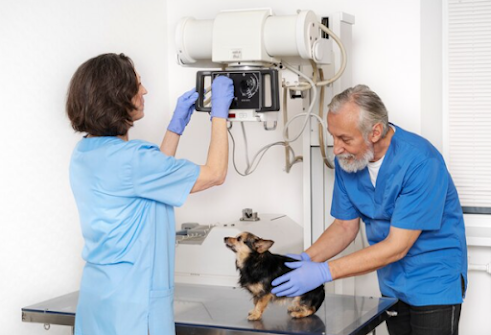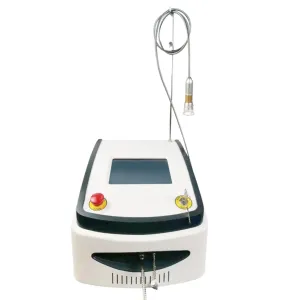Future Trends: What's Next For Veterinary Ultrasound Technology
Advancement in
technology has had a huge impact on many industries in the recent years, and
veterinary medicine is no different. Veterinary ultrasound technology has seen
some notable improvements in one of the areas. Looking forward into the future,
there are a number of trends that will affect how veterinary ultrasound looks
like with enhanced diagnostics and better patient care for our furry friends.
Trend 1: Portable
and Wireless Ultrasound Devices
The trend in
veterinary ultrasound devices is towards more portable, wireless ones. Unlike
traditional bulky ultrasound machines, smaller and lighter machines are
replacing them which can also easily be moved from one place to another. This
transformation therefore allows veterinarians carry out on-site imaging using
different types of places ranging from their clinics to fields. Wireless
connectivity ensures seamless transfer of data as well as real-time
consultations between veterinarians and specialists hence faster
decision-making and efficient patient handling.
|
Feature |
Description |
|
Portability |
Lightweight and easy to carry. |
|
Wireless Connectivity |
Enables real-time data transfer. |
|
On-Site Imaging |
Conduct imaging in various settings. |
Trend 2: 3D and 4D
Imaging
Three-dimensional
(3D) and four-dimensional (4D) imaging are a fascinating trend in veterinary
ultrasound. This technology will allow for better visualization of anatomical
abnormalities. For example, one can easily identify such movements using a
real-time 4D image such as blood flow or fetal movement. Hence, the option with
higher diagnostic accuracy provides new prospects to treat various diseases.
|
Feature |
Description |
|
3D Imaging |
Provides a more detailed view of structures. |
|
4D Imaging |
Real-time imaging of dynamic processes. |
|
Enhanced Diagnosis |
Improved accuracy in identifying
abnormalities. |
Trend 3: Artificial Intelligence Integration
Artificial
intelligence (AI) is currently being integrated into veterinary ultrasound
technology. As a result, computer-based learning algorithms can help vets detect
minute discrepancies on pictures and score them, thereby resulting in better
diagnoses. Thus, AI enables ultrasound systems to learn from big data and be
more analytical . Thus, this has resulted in quicker and more accurate
evaluation of veterinary care thus improving its efficiency.
|
Feature |
Description |
|
AI-assisted Diagnosis |
Provides support in detecting subtle
anomalies. |
|
Quantitative Data Analysis |
Offers numerical data for precise diagnoses. |
|
Continuous Learning |
Improves diagnostic capabilities over time. |
Trend 4:
Point-of-Care Ultrasound
This is a Catching
Up in Veterinary Medicine. This involves the use of ultrasound at the patient’s
bedside and can give information about their condition immediately. In
emergency situations, this trend is particularly useful or critical care
scenarios where timely information is key. Consequently, those providers are
better positioned to make fast decisions and start instant therapies thereby
enhancing patients’ outcomes.
|
Feature |
Description |
|
Immediate Insights |
Provides real-time information at the point
of care. |
|
Emergency Situations |
Particularly useful in critical care
scenarios. |
|
Timely Decision-Making |
Enables prompt initiation of necessary
treatments. |
Conclusion
The future of veterinary ultrasound technology seems to be exciting and hopeful
with its trends towards portability, advanced imaging capabilities,
incorporation of artificial intelligence and point-of-care applications. These
developments will revolutionize animal diagnoses and treatment by veterinarians
that translate to positive results and improved veterinary medicine in general.
As such trends continue to unfold, we expect a more accessible, efficient and
technologically advanced field in the area of veterinary ultrasound technology.




Comments
Post a Comment